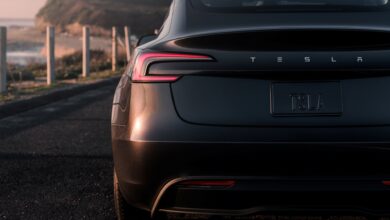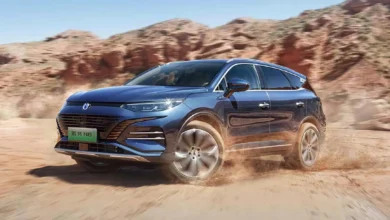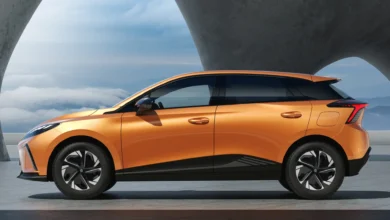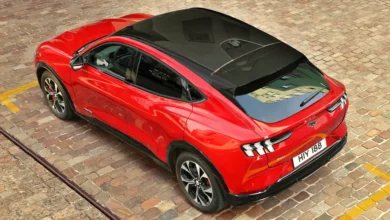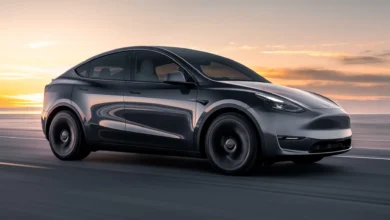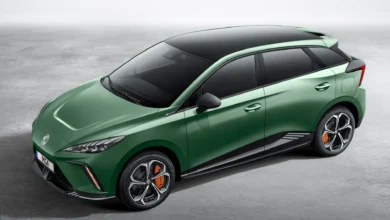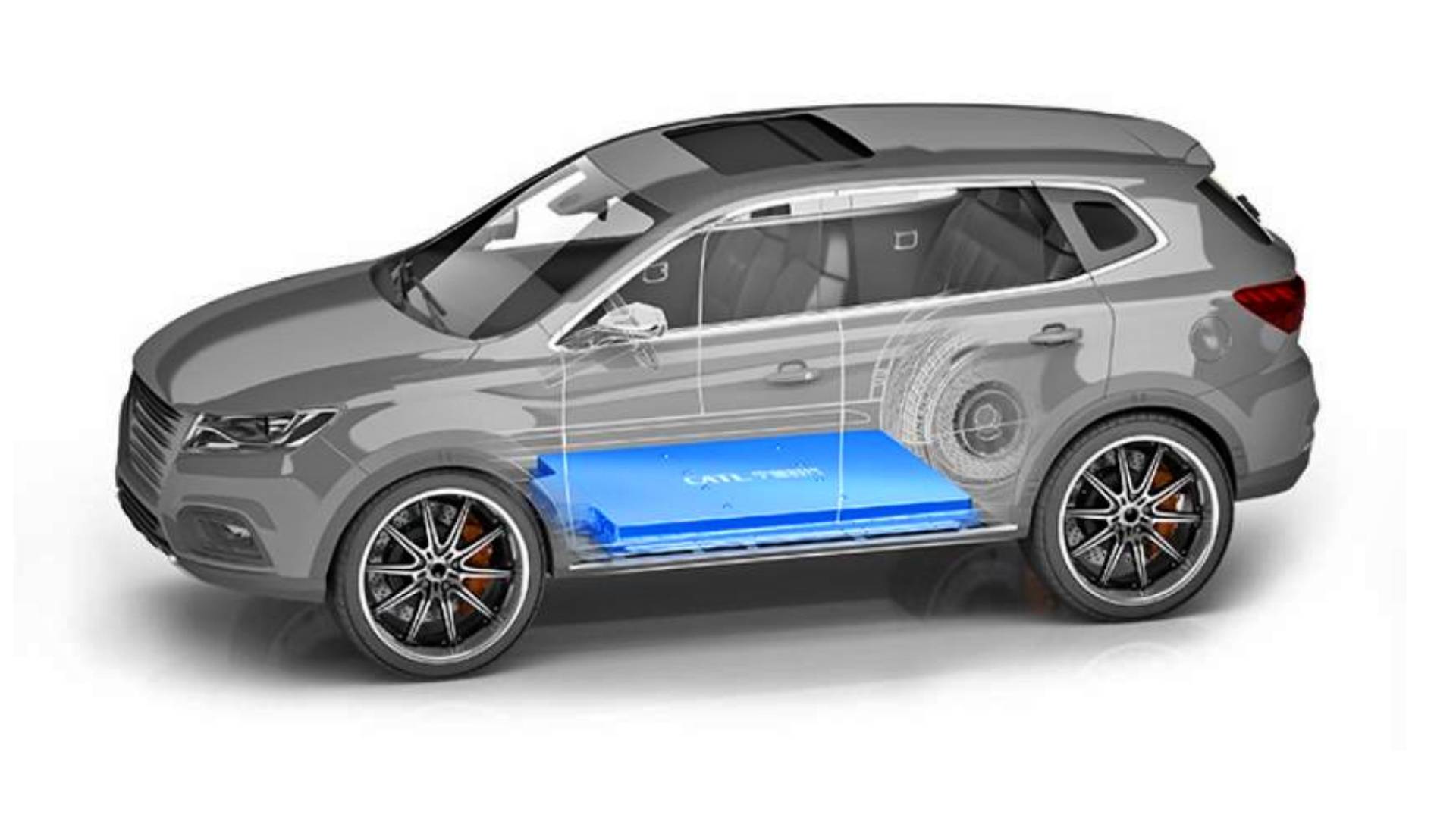
During his speech at the World New Energy Vehicle Congress fair, the president of the Chinese battery manufacturer CATL has given some data that allow us to quantify the potential of its new Qilin cells, which he indicates will allow the design of electric cars with between 700 and 1,000 kilometers of range, and also with a cheaper product.
During his appearance, Zeng Yuqun, president of CATL, spoke about the new M3P batteries which he has said will have a higher energy density than the increasingly popular and cheap lithium iron phosphate batteries, estimating the improvement to be more than 20%.
Qilin batteries are characterized, among other things, by the brand new CATL third-generation CTP (Cell to Pack) technology, which allows them to offer a usable volume of 72% and an energy density of up to 255 Wh/kg. This has been achieved among other things by integrating the inner crossbar, cooling plate, and heating pad into a single layer.
In addition, this improvement is achieved with a reduction in the cost of said batteries, which the president of the company has indicated will be less than those of the current nickel and cobalt cells. A factor that will allow the manufacture of cars with wide range, but with competitive prices.
An aspect that will also help the powerful economy of scale that CATL is achieving, which has already become the world’s leading battery manufacturer, and its sales figures alone represent 34.7% of battery sales until July. for electric cars around the world.
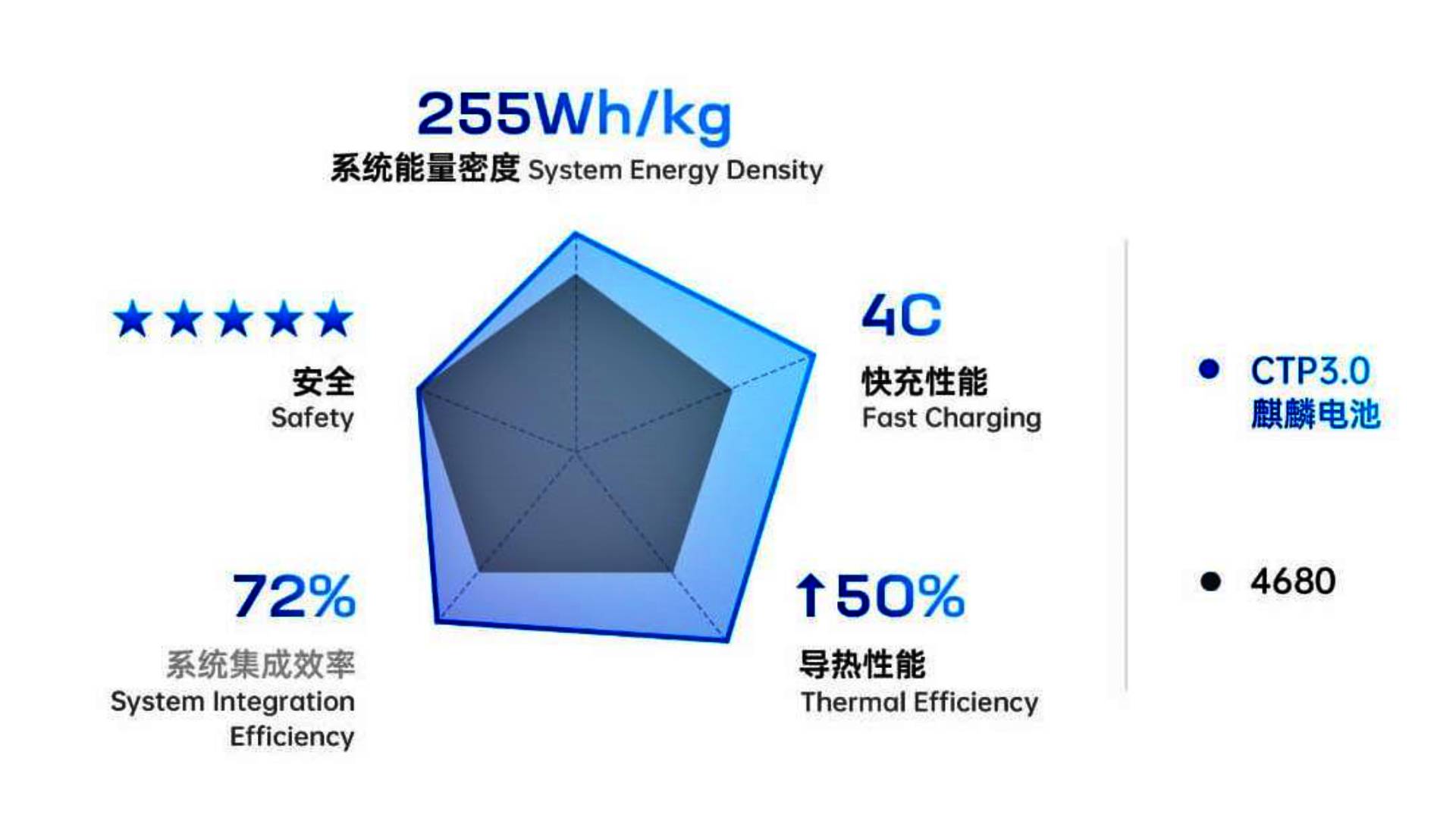
A client portfolio that includes manufacturers such as Mercedes, Volkswagen, BMW, and KIA among many others, and to whom everything indicates that Tesla will also join, which will begin to install the CATL M3P cells at the end of this year.
Technology that comes at a key moment for an industry harassed by the increase in the price of some components that have made the production of electric cars more expensive, and thanks to the new CATL cells they will be able to have an alternative halfway between energy density and price of NCM and LFP.
